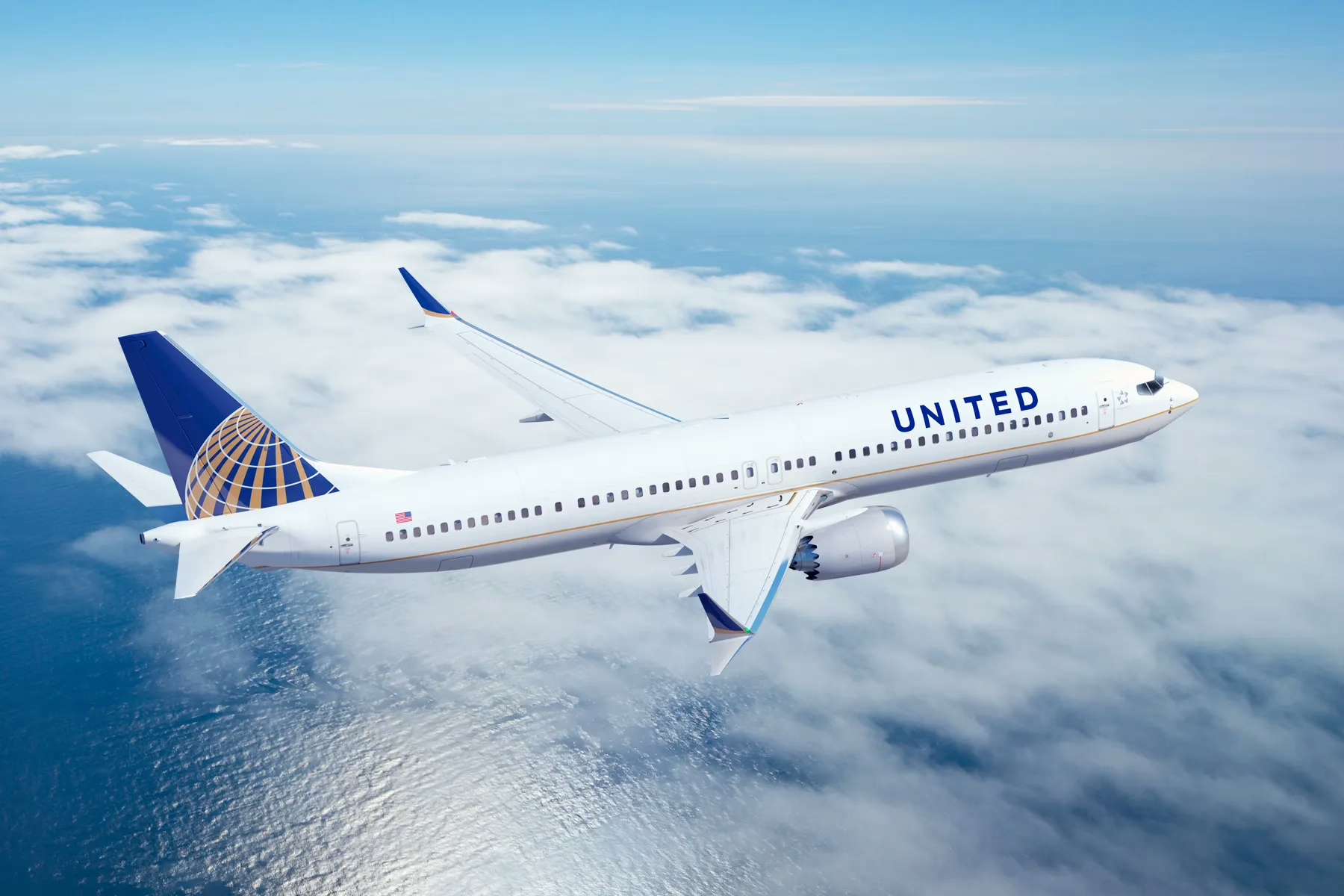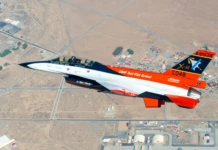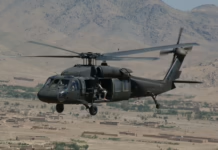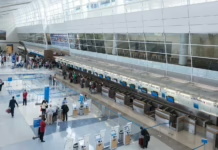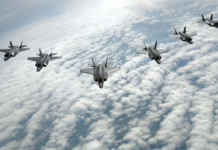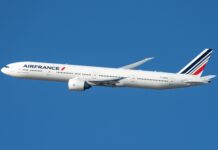The Chicago-based carrier disclosed the workforce reduction during its Q3 earnings call, signaling AI’s expanding role in reshaping airline corporate operations across the industry.
United Airlines has eliminated roughly 4% of its headquarters workforce through artificial intelligence deployment, with the carrier signaling additional job cuts ahead as it accelerates automation across corporate functions.
The Chicago-based airline disclosed the workforce reduction during its third-quarter 2025 earnings call, according to a transcript published on Seeking Alpha. The cuts affect corporate, administrative and support positions rather than frontline operational roles, the company said.
AI systems have replaced employees handling data entry, analytics preparation, forecasting, workflow automation and internal reporting, United executives told analysts. The airline indicated departments including finance, planning, revenue management and business intelligence were among those affected by the reductions.
United leadership characterized the move as an unavoidable shift in an airline industry where automation promises to reshape support operations, predictive maintenance, scheduling and data analytics. The company said AI tools help existing workers operate more efficiently while reducing costs at corporate offices.
The airline warned that further job reductions will occur over time as AI capabilities expand into additional processes. United executives described the transformation as a multi-year effort that will continue affecting support layers across the organization.
United operates a fleet of 1,055 aircraft, making it the largest airline in the U.S. by fleet size, according to Planespotters.net data. American Airlines follows with 1,000 aircraft, Delta Air Lines with 990 and Southwest Airlines with 802.
The airline’s leadership argued that AI and automation deliver cost savings, faster analytics, fewer errors and scalability. In markets with narrow profit margins, those advantages can translate into improved yields, leaner operations and greater flexibility, executives said.
However, the approach carries risks. Workforce morale may decline when employees see human judgment and institutional knowledge being replaced, the company acknowledged. Employee satisfaction affects output quality, requiring United to balance operational streamlining with worker retention.
AI deployment in heavily regulated, safety-critical industries like aviation demands caution, industry observers note. Mistakes in forecasting, scheduling or maintenance decisions can trigger cascading effects. Oversight, validation, transparency and human verification remain essential to prevent failures caused by algorithmic errors.
United’s announcement reflects a broader pattern across airlines, logistics companies and large corporations seeking to reduce administrative overhead through AI. In aviation specifically, carriers are reconsidering roles in scheduling, crew management, predictive maintenance and revenue modeling, aiming for smaller staffs supported by advanced systems.
Some airlines already deploy automation for baggage matching, operations recovery, fuel planning and crew optimization. United’s public disclosure of AI-linked job cuts ranks among the industry’s most prominent cases and may prompt similar moves elsewhere. Competitors will monitor whether cost savings materialize without operational disruptions.
The shift points toward increased collaboration between AI and human workers, with AI functioning as an assistant to employees. Roles involving repetitive or administrative tasks face the greatest vulnerability. Upskilling, adaptability and combined human-AI competence will grow more important as airlines pursue workforces that are both more cost-effective and more productive with AI support.

Key Takeaways
- United Airlines eliminated approximately 4% of headquarters staff through AI deployment, affecting corporate, administrative and support positions in departments including finance, planning and revenue management.
- The airline indicated additional workforce reductions will occur over multiple years as AI capabilities expand into adjacent processes across the organization.
- United operates the largest U.S. airline fleet with 1,055 aircraft. The move reflects industry-wide efforts to reduce administrative overhead while balancing cost savings.



